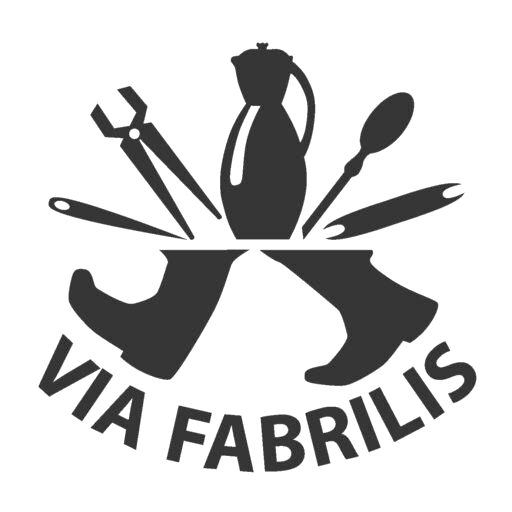Paseky nad Jizerou 121
512 47 Paseky nad Jizerou
Phone: 481 523 609
E-mail: museumpaseky@krnap.cz
www.krnap.cz
opening hours:
Tuesday – Sunday: 9.00 – 12.00, 13.00 – 16.00
closed in November

The Museum of Borderland Patriots in Paseky nad Jizerou is housed in a former vicarage. The museum has a sightseeing presentation dedicated to the town and its immediate vicinity, as well as a permanent exhibition featuring the violin-making traditions of Karkonosze. The unique collection of musical instruments includes the works of the first violin makers in Paseky and their apprentices, as well as contemporary violin makers from the famous Pilař and Špidlen families. A significant part of the exhibition is devoted to the father of violin making in the Krkonoše Mountains – Věnceslav Metelka, a local sage, violin maker and teacher’s assistant. In addition, you can see a fully equipped turnery workshop from the late 19th century and participate in loom weaving and bead threading shows.
In the 19th century, a large number of wood turning workshops were established in Paseky nad Jizera. Various objects used in everyday life, as well as in handicraft production and the textile industry, were made of wood. Weaving has a long tradition in Paseky nad Jizerou. At the turn of the 19th and 20th centuries, several mechanical weaving mills were established in the village, mostly with jacquard machines. When visiting the Museum, you can see the process of creating a fabric on a carpet loom from the second half of the 19th century. From the 1860s, a new type of craftsmanship spread from Jablonec to the western and central Krkonoše: bead cutting and stringing. Beaded threads were mostly exported to Asia, Africa and America, where they were used to make appliqués and to make jewellery.







